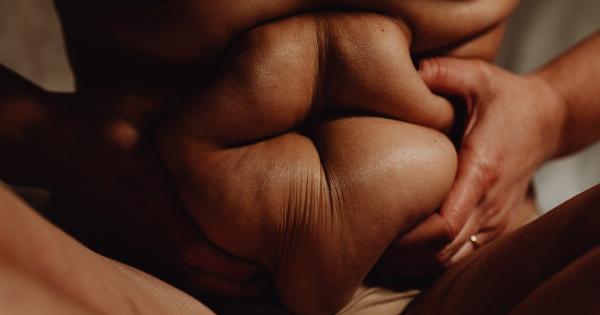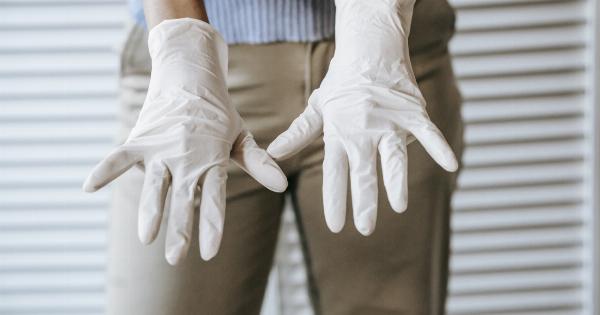Many women dread the onset of their monthly period due to the many symptoms associated with PMS (premenstrual syndrome). From bloating to mood swings, PMS can be a difficult time for women.
However, there is a surprising factor that can help make PMS less of a burden. In this article, we will explore this factor and how you can incorporate it into your life to ease the symptoms of PMS.
Understanding PMS
PMS is a set of physical, emotional, and psychological symptoms that occur a week or two before the onset of menstruation. PMS is quite common and affects around 90% of women at some point in their lives. Common symptoms of PMS include:.
- Bloating
- Cramps
- Headaches
- Back pain
- Acne
- Irritability
- Depression or anxiety
- Mood swings
- Fatigue or lethargy
The exact cause of PMS is not known, but it is thought to be related to hormonal fluctuations that occur during the menstrual cycle. While it is not possible to completely eliminate the symptoms of PMS, there are ways to manage them.
Exercise: The Surprising Factor
Exercise is the surprising factor that can help make PMS less of a burden. Exercise has numerous benefits for the body, including reducing stress, improving mood, and increasing circulation.
The benefits of exercise can help ease the symptoms of PMS and make it a more manageable experience.
A study conducted by the American College of Obstetricians and Gynecologists found that exercise can reduce the severity of PMS symptoms by up to 41%.
The study found that women who engaged in regular moderate exercise, such as walking or cycling, had fewer symptoms of PMS compared to women who did not exercise.
Another study found that women who engaged in high-intensity exercise had a significant reduction in PMS symptoms, including bloating and cramps.
The study found that high-intensity exercise releases endorphins, which are the body’s natural painkillers. Endorphins help reduce the severity of PMS symptoms and improve mood.
How to Incorporate Exercise Into Your Life
If you are not currently exercising, it can be challenging to know where to start. The most important thing is to find an exercise that you enjoy and can commit to regularly. Here are some tips to help you incorporate exercise into your life:.
Start Slowly
If you are not used to exercising, start slowly and gradually increase the intensity of your workouts. A good place to start is with a 10-minute walk every day and gradually increase the time and intensity of your workouts.
Find an Exercise You Enjoy
Exercise doesn’t have to mean going to the gym or running on a treadmill. There are many different types of exercise you can try, from dancing to swimming. The key is to find an exercise that you enjoy and can stick to regularly.
Make It a Habit
To get the most benefit from exercise, it’s essential to make it a habit. Try to exercise at the same time every day, and make it part of your routine. This will help you stay motivated and committed to your workout routine.
Exercise with a Friend
Exercising with a friend can be a great way to stay motivated and have fun. It can also help you stay accountable and committed to your workout routine.
Find a friend who enjoys the same type of exercise as you and schedule regular workout sessions together.
Conclusion
PMS can be a challenging time for many women, but there are ways to manage the symptoms and make it a more manageable experience. Exercise is the surprising factor that can help make PMS less of a burden.
Regular exercise can reduce the severity of PMS symptoms, improve mood, and increase circulation. To incorporate exercise into your life, start slowly, find an exercise you enjoy, make it a habit, and exercise with a friend.































